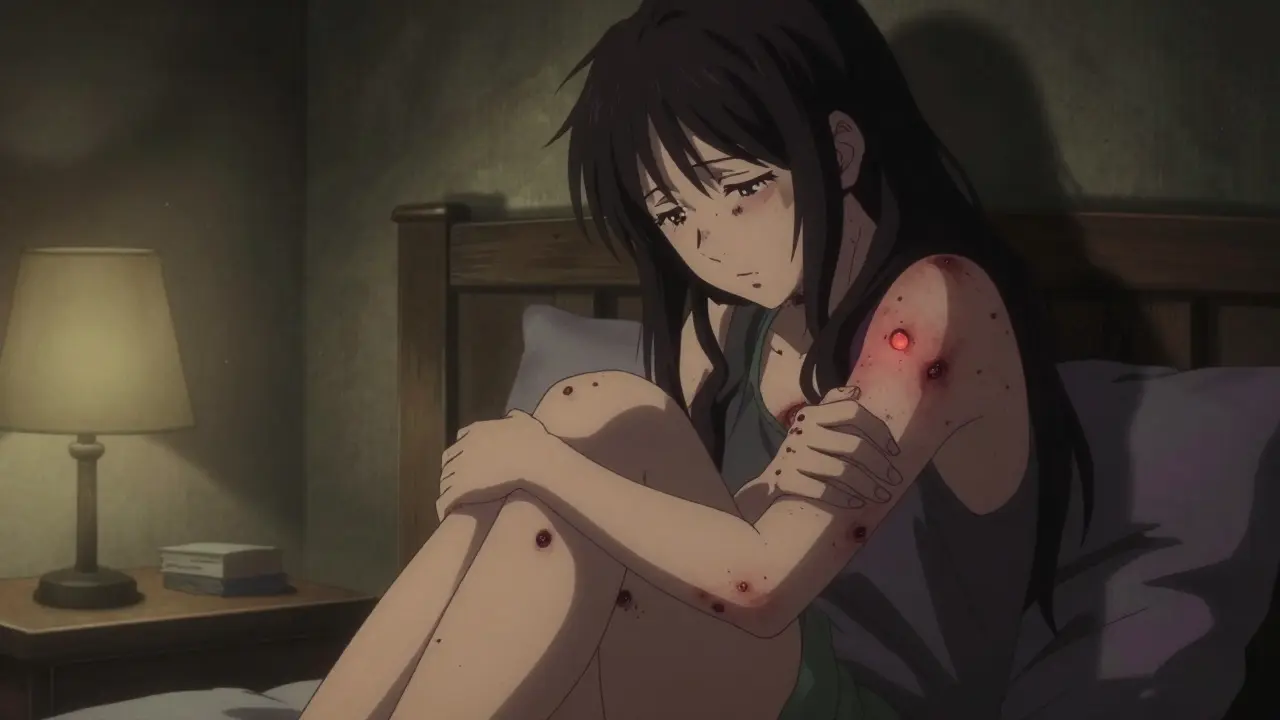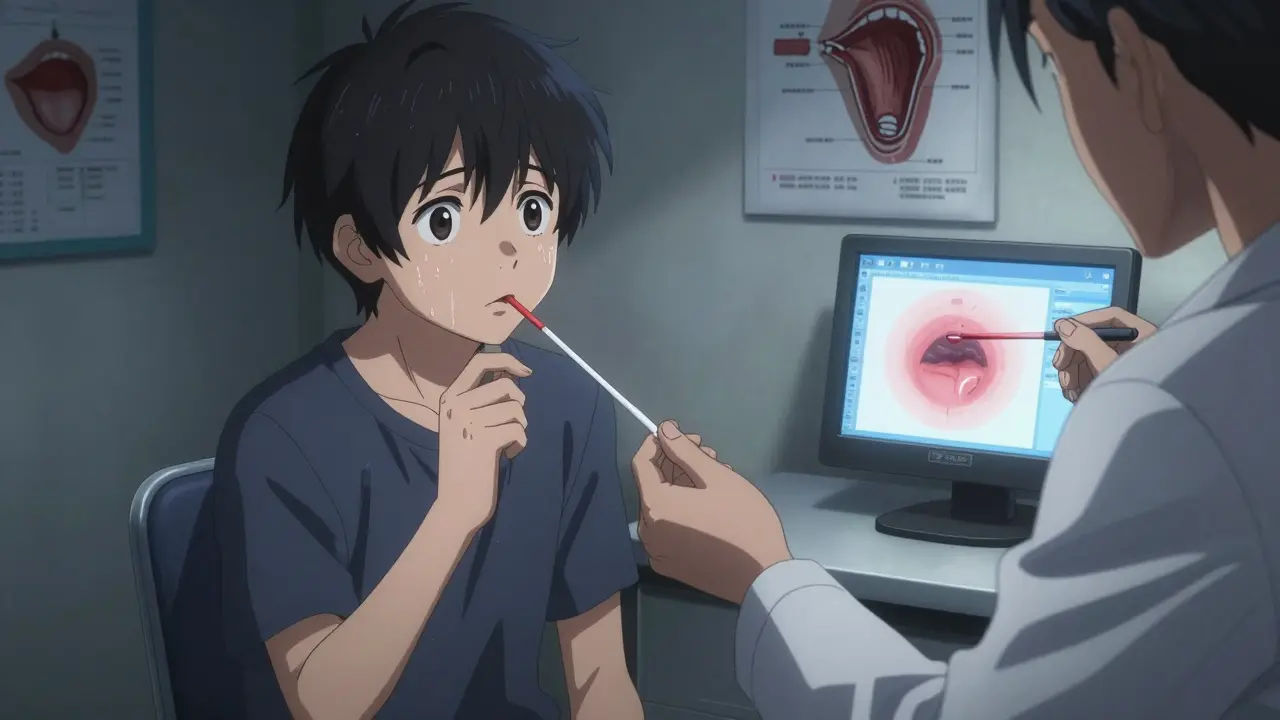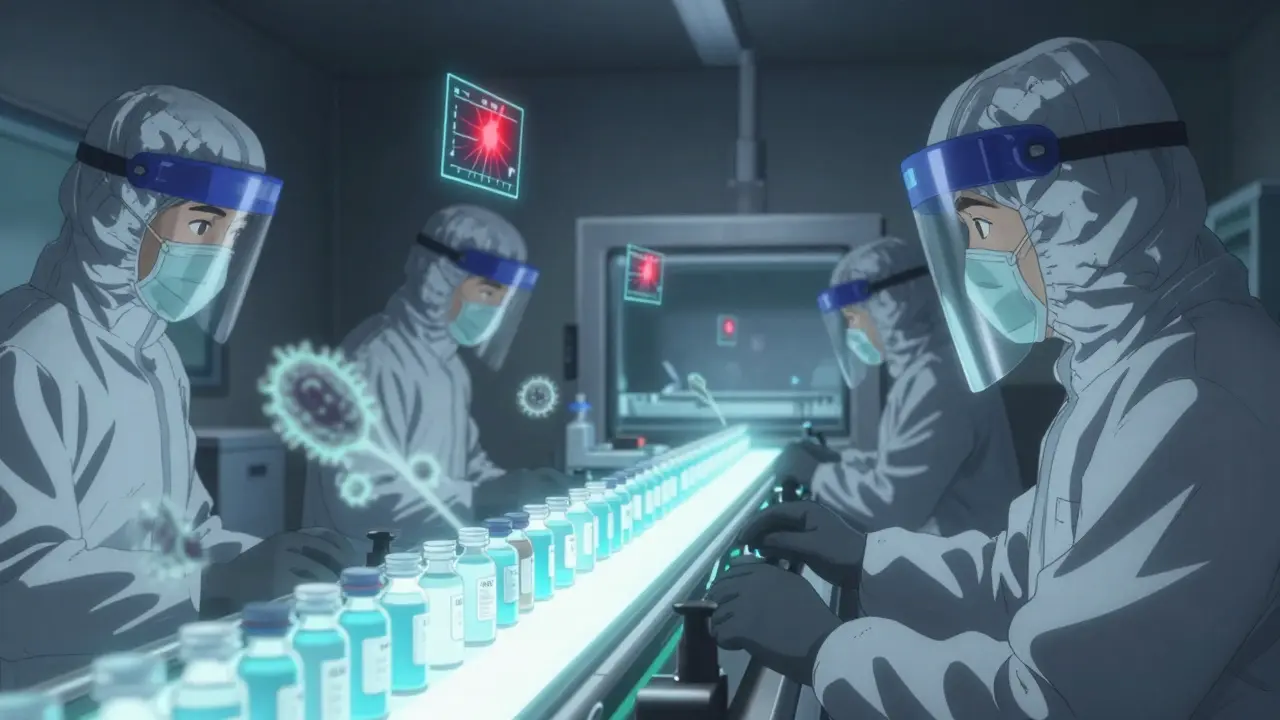No one expects to hear 'you have scabies' or 'your child has lice,' but that's real life for thousands every week. The itching starts out of nowhere, and the next thing you know, you're hunting for answers at 2 a.m. on your phone. That's where Acticin comes in—a cream that's been around for decades and quietly does its job fighting those relentless tiny invaders. It's the unsung hero tossed into bathroom cabinets, and when you think about it, most people barely know what makes it tick. Why do doctors go for Acticin? What's actually in that tube, and do the creepy-crawlies ever get resistant? Grab your tea, because things are about to get interesting.
What Is Acticin and How Does It Work?
Acticin isn’t the kind of cream you casually pick up because your hand feels dry. The active ingredient, permethrin, is a synthetic version of a natural substance found in chrysanthemum flowers. Picture those pretty petals—who would guess they contain a bug-killer? Permethrin’s brilliance is in its precision: it paralyzes and kills scabies mites and lice by messing up their nervous systems, while leaving human skin mostly unscathed. Since the 1980s, Acticin has been an FDA-approved, prescription-only powerhouse. It goes on the skin—never ingested. For scabies, one overnight session is usually all it takes. For lice, it might be paired with careful nit combing. There’s no burning, no weird smells (just a faint, chemical scent), and generally, you’ll sleep just fine while it works.
Some people get finicky skin after using it—think redness or mild stinging, but most shrug it off. The safety record’s solid. Studies like a big 2022 review in "Clinical Infectious Diseases" found permethrin creams like Acticin had a cure rate above 93% for scabies and around 90% for lice. That’s impressive, considering you’re battling creatures so small they could practically tap dance on a grain of sand. The reason doctors keep picking Acticin? It rarely causes allergic reactions; it doesn’t soak deep into the body to cause systemic side effects. That said, it's always best to spot test a tiny area if you’ve got a track record of skin allergies.
When and How To Use Acticin Safely
If you get the green light from your doc for Acticin, stick to the routine. It comes in a 5% cream—don’t improvise with lower doses meant for lice unless told. For scabies, wash your whole body before bed, pat dry, and slather the cream practically everywhere—chin down to toes, not forgetting under nails and between fingers and toes (mites love those hideouts). Often, you put it on and leave it for 8-14 hours, then rinse off in the morning. Miss a spot? Mites might survive. For babies and elderly folks, you might coat the scalp and face (avoiding eyes and mouth), since scabies burrows anywhere soft and thin-skinned.
Head lice protocols are easier but just as important: wash hair, towel dry, apply the cream thoroughly, and let it sit for ten minutes before rinsing. Don’t use conditioner beforehand—it blocks the medicine. Comb out nits afterward with a fine-toothed comb; it’s the only way to truly break the lice cycle. Resist the urge to overuse: more isn’t better and can trigger irritation.
- Wash bedding, towels, and clothes in hot water to prevent reinfestation.
- Vacuum floors and furniture—mites and lice don’t last long off the host, but it’s not worth the gamble.
- Skip home remedies like tea tree oil or heat lamps. There’s zero reliable evidence they work as well as Acticin.
Table: Typical Application for Common Conditions
| Condition | Age Group | Dosage | Duration |
|---|---|---|---|
| Scabies | Adults/Children >2mo | 5% cream head-to-toe | 8-14 hours |
| Head Lice | Children >2mo, Adults | 5% cream scalp/hair | 10 minutes |

What Sets Acticin Apart from Other Treatments?
You might spot permethrin in grocery-store lice shampoos, so what’s special about Acticin? It's the prescription strength—5% versus the over-the-counter stuff with just 1%. That extra punch matters, especially as resistance to weaker remedies grows. In places like the US or Europe, doctors see more and more cases where the classic lice shampoos barely faze the pests, while Acticin still knocks them out. There’s also less risk to your health compared to older, harsher treatments. Lindane, for example, used to be a go-to for scabies but came with a scary list of neurological side effects, especially for kids. Acticin doesn’t have those risks.
People often ask if scabies or lice get immune to permethrin. The answer? Rarely, but not impossible. Reports in southern Europe and Australia have flagged clusters of stubborn outbreaks, but those are the exceptions. Most cases still respond well when all affected people in a household are treated at once and proper steps are followed.
- If you live with others, everyone should use Acticin together to avoid ping-ponging the mites or lice back and forth.
- Remember to reapply if your doctor tells you—a second application a week later sometimes seals the deal, especially for scabies.
Insurance usually covers Acticin, but if you ever get hit with a huge copay, ask about generic permethrin cream—it’s identical and just as effective. Sometimes pharmacies stock only the brand name or vice versa. Don't forget to check expiration dates. Outdated creams lose potency much faster than you'd expect.
Acticin: Tips, Real Experiences, and When to Seek More Help
One surprising fact—after treating scabies, you’ll probably keep itching for a week or two. The mites die fast, but your immune system keeps reacting to the leftovers. If you still see new bumps after two weeks, ring up your doctor. A few people get post-scabies eczema or secondary bacterial infections needing a different cream or antibiotics. For head lice, if you spot live lice a week later, double-check your combing technique. Nits can be stubborn, and even with Acticin, mechanical removal is key.
Some cool tips: cut kids’ nails short before treatment—they scratch less and reduce the risk of new skin breaks. If applying Acticin on a wriggly toddler, put on light cotton gloves or socks on their hands to prevent the cream from getting into mouth or eyes. For adults with sensitive skin, a mild antihistamine (with doctor’s okay) can help with itching while the skin heals.
One parent shared, "I can’t count the nights I was up laundering every sheet and stuffed animal. Acticin made it so much easier, and honestly, the relief was almost instant." Stories like that are everywhere in parent groups and online forums, though there are always a handful who find the cream too drying. A fragrance-free moisturizer after rinsing goes a long way toward comfort without getting in the way of the medicine.
- Never use Acticin on open wounds or heavily inflamed skin—it can worsen irritation.
- If you’re pregnant or breastfeeding, check with your doctor first; studies show it’s usually safe, but extra caution is smart.
- Your pets can’t catch human scabies or lice, but wash their bedding just to be safe since critters may cling to fabrics for a day or two.
- Always close and store the cream away from sunlight. Heat can break down the active ingredient.
If you travel for work or have kids in group daycare, consider keeping an extra tube handy—speed is everything with outbreaks. Turns out, scabies and lice have zero respect for vacation time or family gatherings. It's a bit of a race, but Acticin is like a sprinter when you need a cure, not a marathon. If it ever feels overwhelming, ask your pharmacist for application tips or reach out to your dermatologist for reassurance. Relief, thankfully, is closer than it seems—and most people never look back after a solid round of treatment with Acticin.






Evelyn Shaller-Auslander
July 16, 2025 AT 23:09Gus Fosarolli
July 18, 2025 AT 07:14John Power
July 19, 2025 AT 11:38Kenneth Lewis
July 21, 2025 AT 01:06Jim Daly
July 22, 2025 AT 19:16Casey Nicole
July 23, 2025 AT 20:03Kelsey Worth
July 25, 2025 AT 10:45shelly roche
July 27, 2025 AT 10:43Nirmal Jaysval
July 28, 2025 AT 11:01Benedict Dy
July 29, 2025 AT 02:17Emily Nesbit
July 31, 2025 AT 00:26Mike Rothschild
August 1, 2025 AT 05:48Asbury (Ash) Taylor
August 2, 2025 AT 12:43